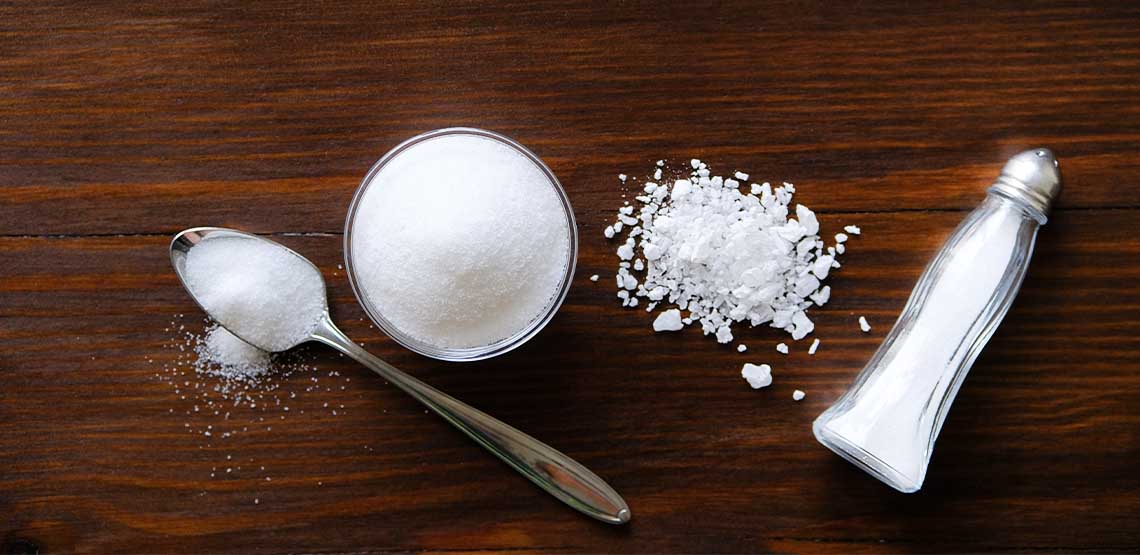Your Diet and Pulmonary Arterial Hypertension
Chances are, you or someone you know has high blood pressure (hypertension). In this article we're looking at how your diet can help manage symptoms.
Almost half of adult residents in the U.S. have high blood pressure or are on some type of high blood pressure medication, making hypertension a common health condition. Pulmonary arterial hypertension (PAH), however, is a very rare form of high blood pressure. According to the National Organization of Rare Disorders, only about 500 to 1,000 people are diagnosed with the condition every year. Though rare, PAH can worsen over time and can become life-threatening.
Pulmonary Hypertension vs. Pulmonary Arterial Hypertension
Although pulmonary hypertension is often used interchangeably with pulmonary arterial hypertension, they are not the same. Pulmonary hypertension (PH) is a general term, referring to any elevation of pressure in any of the arteries of the lungs. Pulmonary arterial hypertension is a much more specific subgroup of PH, meaning that elements involved in PAH do not apply to all other types of PH.
For example, health conditions such as left-sided heart failure and obstructive sleep apnea (OSA) can lead to PH, because they cause the pressure in the pulmonary arteries to rise. However, in these cases, the arteries are not the source of the problem. On the other hand, pulmonary arterial hypertension is a result of a problem in the pulmonary arteries themselves.
PAH makes up a fraction of all cases of PH and is associated with diseases such as congenital heart disease, liver disease, drugs or toxins and connective tissue disorders.
Symptoms of PAH
According to the American Lung Association, the symptoms of PAH are difficult to detect in early stages. As the condition progresses, however, signs and symptoms become more apparent. The most common symptoms are:
- Swelling (edema) of the feet or legs.
- Chest pain.
- Racing or pounding heartbeat.
- Pale or blue lips and fingers.
- Dizziness.
- Shortness of breath.
PAH and Your Diet
Diet often plays a significant role in the treatment of PAH. Because diet can directly affect blood pressure and fluid retention, it is essential for people diagnosed with PAH to watch their diet. The following are seven diet tips every person with PAH should know:
1. Know Your Limit
Salt causes the body to retain fluid, which increases blood pressure. People with PAH should try to prevent fluid retention by limiting their salt intake. According to the American Heart Association guidelines, adults should consume no more than 2,400 milligrams of salt per day, which amounts to no more than 1 and 1/4 teaspoons of salt.
2. Look Out for Sneaky Sources of Salt
Every little bit of salt counts and there are everyday sources of salt that might easily be missed. For example, spices such as parsley flakes and celery seeds are high in salt. Condiments like ketchup, mustard and soy sauce are also hidden salt sources. Surprisingly, certain medications also contain salt, like chewable antacids, laxatives and aspirin.
Related Search Topics (Ads)
3. Try Salt Substitutes
People with PAH must limit their salt, but the good news is that salt is not the only seasoning that makes food delicious. Supermarkets and health food stores often sell heart-healthy, salt-free, pre-mixed seasonings. When cooking, experimenting with garlic, peppers and herbs can add taste to food without making a dish unhealthy.
4. Have Smaller Meals
The medications used to treat PAH can also lead to nausea and vomiting, which can make eating an unpleasant experience. To keep nausea and vomiting at bay, it helps to:
- Keep meals and drinks small. Large amounts can lead to nausea.
- Stay away from greasy foods or meals that are high in fat.
- Avoid carbonated drinks, dishes that are high in acid and take nibbles of a bland carb (crackers, dry toast and bread) when nauseous.
5. Measure Your Fluids and Your Weight
Water retention can compromise blood pressure, so it is a good idea to track liquids that are consumed. Typically, people with PAH are limited to 2 liters of fluid per day. A visit to the scale each morning can also help track water retention, because a weight gain of 3 to 5 pounds in one day is typically water retention weight. If this occurs, a healthcare professional should be consulted.
6. Frozen Liquids Are Still Liquids
Most individuals diagnosed with PAH have to monitor their liquids. However, frozen items like sorbets, ice, shakes, popsicles and ice cream are also categorized as liquids and can affect blood pressure. So, when eating frozen desserts, keep liquids in mind. Typically, 1 cup of ice equals 1/2 cup of liquid.
7. Keep a Food Diary
Maintaining a food diary helps to track the amount of fluid and salt consumed each day. In addition, a food diary allows an individual to track whether specific foods interact with their medication or cause nausea and vomiting.
Living With Pulmonary Arterial Hypertension
Despite a diagnosis of PAH, a full and satisfying life is still very possible. To achieve the best results, individuals with PAH should have their health status closely monitored by their healthcare provider. The course of treatment depends on each individual case, though most treatments involve catheterization, medication and diet changes. There’s no cure for PAH, but there are medications and treatments that can slow down the progression of PAH and make symptoms more manageable. With support, treatment and diet changes, PAH can be managed.

